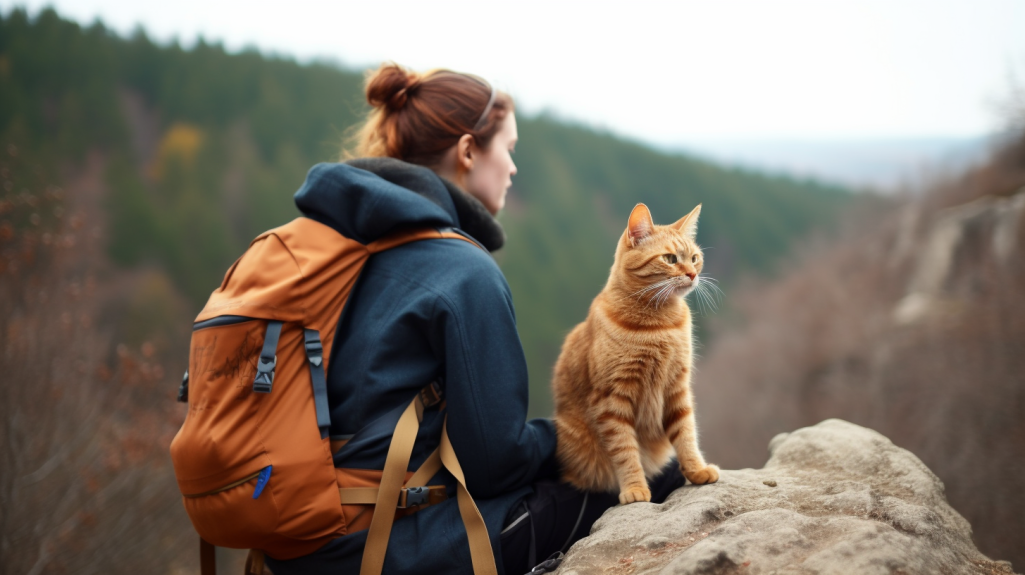In the vast wilderness of outdoor exploration, the companionship of pets has always been cherished. Dogs, cats, and even birds have long been traditional hiking buddies. However, there exists a community of adventurous souls who have taken a different route, embracing the company of nontraditional pets on their hikes. From reptiles to small mammals, people are discovering the joy of exploring nature with their unconventional animal companions. This article will delve into the world of hiking with nontraditional pets, exploring the challenges, rewards, and the incredible bond that forms between humans and their unique animal friends.
Embracing Diversity
The definition of a hiking companion has expanded significantly in recent years. While dogs remain the quintessential outdoor partners, many individuals have found solace in the presence of nontraditional pets. Creatures like ferrets, iguanas, and even cats are now sharing the trails with their human counterparts. This diversity not only enriches the hiking experience but also fosters a deeper understanding of the natural world.
Challenges and Precautions
Hiking with nontraditional pets comes with its unique set of challenges. Ensuring the safety and well-being of these animals requires careful planning and consideration. Temperature, terrain, and the pet’s specific needs are crucial factors that must be taken into account. For instance, reptiles need appropriate temperature control, while small mammals require secure enclosures to prevent escape. Moreover, pet owners must be aware of local regulations and guidelines regarding the presence of animals in natural parks and hiking trails.
Building a Bond
One of the most rewarding aspects of hiking with nontraditional pets is the deep bond that forms between humans and their animal companions. Unlike traditional pets, these nontraditional partners often rely heavily on their owners for protection and care, creating a profound sense of trust and companionship. Through shared adventures, both parties learn to communicate and understand each other, creating an unbreakable connection forged amidst the beauty of nature.
Educational Opportunities
Hiking with nontraditional pets offers unique educational opportunities for both pet owners and fellow hikers. It encourages conversations about biodiversity, animal behavior, and responsible pet ownership. Interacting with these unconventional animals sparks curiosity and opens avenues for learning about different species and their habitats. Additionally, it fosters a sense of responsibility toward wildlife conservation and habitat preservation.
Inspiring Others
The sight of a person hiking with a snake coiled around their shoulders or a tarantula perched on their hand might raise eyebrows, but it also inspires others to think outside the box. By showcasing their nontraditional pets on the trails, these adventurous individuals challenge societal norms and demonstrate that companionship knows no bounds. Their courage sparks curiosity, encouraging others to explore unconventional pet choices and form meaningful connections with animals beyond their usual domesticated companions.
Conclusion
Hiking with nontraditional pets is a testament to the boundless possibilities of human-animal relationships. As the outdoor community becomes more inclusive, the presence of iguanas, ferrets, and even insects on hiking trails reminds us that species do not limit adventure and companionship. Through careful planning, a profound bond can be formed, enriching both the human and animal experience. So, the next time you hit the trail, consider opening your heart and backpack to a nontraditional pet companion – you might just find a lifelong friend in the unlikeliest of places.

